See What We Found at Our Latest Cleanup!We couldn't have been more surprised when we started to clear out our recent client's closet and found, to our horror, some dead kittens huddled together. But then we heard a little squeak, and we realized that this one was still alive! This little guy had clung to life, and we are so grateful that we were in time to save him. He was weak, hungry, and thirsty, and one of our team found some milk replacement food (which the owner obviously had intended to use but hadn't), and he drank that down with all his might. We named him Maximus. Our team member Alvaro fell in love with this tiny boy and has taken him home, and he's doing great! Don't they make a perfect pair? This reminds us that humans aren't the only ones to suffer from a hoarding situation. So many animals are victims of this behaviour, and we only wish we could save them all.
If you know of a home that has too many animals to be cared for properly, especially in a hoarding situation, please contact your local Animal Control and save some lives. If you're in the Southern California area, call Clutter&Hoarding Pros™ (562.972.3180) and we will help you find the resources you need. Use This Checklist to Help You Decide
Although at Clutter&Hoarding Pros™ we work with families, friends, and fiduciaries in clearing and remediating the hoarded estates of deceased or re-homed hoarders, we also get many calls from worried relatives asking us how they can tell whether a friend or loved one is a truly hoarder or just has a bit too much "stuff."
If you suspect that a friend or family member is a hoarder, you can take this simple questionnaire to be sure. [We have reformatted it to fit into the blog space.] The HOMES® Multi-disciplinary Hoarding Risk Assessment was developed by Christiana Bratiotis, PhD, MSW, who has worked in the field of help for hoarders for well over a decade and has co-authored The Hoarding Handbook, A Guide for Human Service Professionals.
HOMES® Multi-disciplinary Hoarding Risk Assessment
Health Cannot use bathtub/shower Cannot prepare food Presence of spoiled food Presence of insects/rodents Cannot access toilet Cannot sleep in bed Presence of feces/urine (human or animal) Presence of mold or chronic dampness Garbage/trash overflow Cannot use stove/fridge/sink Cannot locate medications or equipment Notes:________________________________________________________________ Obstacles Cannot move freely/safely in home Unstable piles/avalanche risk Inability for EMT to enter/gain access Egresses, exits or vents blocked or unusable Notes:_________________________________________________________________ Mental health (Note that this is not a clinical diagnosis; use only to identify risk factors) Does not seem to understand seriousness of problem Defensive or angry Unaware, not alert, or confused Does not seem to accept likely consequence of problem Anxious or apprehensive Notes:_________________________________________________________________ Endangerment (evaluate threat based on other sections with attention to specific populations listed below) Threat to health or safety of child/minor Threat to health or safety of person with disability Threat to health or safety of older adult Threat to health or safety of animal Notes:________________________________________________________________ Structure & Safety Unstable floorboards/stairs/porch Leaking roof Electrical wires/cords exposed No running water/plumbing problems Flammable items beside heat source Caving walls No heat/electricity Blocked/unsafe electric heater or vents Storage of hazardous materials/weapons Notes:_________________________________________________________________ Household Composition # of Adults _____________ # of Children __________ # and kinds of Pets ________________________________________________ Ages of adults: __________________________ Ages of children: ______________________ Person who smokes in home Yes No Person(s) with physical disability____________________________________ Language(s) spoken in home________________________________________ Assessment Notes:__________________________________________________ ______________________________________________________________________ _______________________________________________________________________ Risk Measurements Imminent Harm to self, family, animals, public:___________________ _____________________________________________________________________ Threat of Eviction: _________________________________________ Threat of Condemnation:_____________________________________ Capacity Measurements Instructions: Place a check mark by the items that represent the strengths and capacity to address the hoarding problem Awareness of clutter Willingness to acknowledge clutter and risks to health, safety and ability to remain in home/impact on daily life Physical ability to clear clutter Psychological ability to tolerate intervention Willingness to accept intervention assistance Capacity Notes: __________________________________________________ ____________________________________________________________________ ____________________________________________________________________ ____________________________________________________________________ Post-Assessment Plan/Referral _________________________________ ____________________________________________________________________ ____________________________________________________________________ ____________________________________________________________________ ____________________________________________________________________ Date: _________________ Client Name: _____________________________ Assessor: ___________________________________________ © Bratiotis, 2009 We hope this helps identify a hoarding loved one
If you find yourself need to clear the estate of a hoarding loved one, please contact Clutter&Hoarding Pros™ for ethical, trustworthy, and non-judgmental hoarding remediation services, including clearing and cleaning a hoarded estate and remediating the home for living or sale.
Hoarding Can Turn Deadly
This is a shocking, but true, story from one of our recent projects. An 82-year-old man died in his heavily hoarded home, and he lay there dead for over a week before a neighbor called the police because the man’s dog wouldn’t stop barking near his rear bedroom window, and there was a foul smell coming from his back yard into the neighbors’ yards.
It took paramedics over six hours to remove his body from his hoarded home. They had to break the front window and crawl over seven feet of debris to reach the body in the rear bedroom. On this particular project, our team pulled out approximately 37 tons of trash, gross filth (including rotted food, dead rats and mice), clothing and furniture soiled with fecal matter and urine, and tens of thousands of newspapers and magazines. The project lasted five days with a full crew. Lots of work to say the least. Don't Let Hoarding Kill Your Loved One
We urge our clients to understand that sometimes you, as the family member, may need to give “tough love.” This might mean placing a call to Adult Protection Services for a welfare check, in the event your family member refuses to let you inside the home.
The sad fact is that many elderly people with severe hoarding disorder, who are living in a cluttered, hoarded, generally degraded environment, will—whether from shame, embarrassment, or fear—not allow anyone, including family, friends, neighbors, home health workers, or even city and county officials, to see the inside of their homes. It’s critical for someone, whether family members or others, to gain access to their elderly family member’s hoarded property to see how they are living. It may even mean taking them out for lunch or dinner, or even a walk, so that someone else can see the inside of the home. Family members need to get an extra set of keys by any means possible in order to perform welfare checks. This job, and so many others reported in the news or, worse, going unreported, shows the huge risks to elderly and/or disabled seniors (or others) who live in highly hoarded or cluttered environments due to risk of falling—which can lead to serious injury or death—fire and electrical hazards, the inability of rescue workers to get through the hoard, bio-hazard issues—including human and animal feces and urine—and other health issues such as malnutrition and compromised immune systems. Call for Help
At Clutter&Hoarding Pros™, we receive dozens of calls every month outlining exactly this situation. We always hope help will arrive before such tragic deaths occur, but sadly that is not always the case. If your elderly or disabled loved one either has been rescued and removed from this situation in time, or has met a sad and lonely death due to their hoarding, please contact us through our Contact page, call Michelle Quintana (the owner) at 562-972-3180, or email us at [email protected].
One Client Wins the Declutter Lottery!
We had an opportunity to work with a family whose father had died, leaving a massive, Level 4 hoarded home for them to clear. Our client said that there might be money in the home, but they had scoured every square inch (they thought) and retrieved all the valuables they had found.
Hidden Treasures in the Hoard
While my crew was working intensely on clearing the hoard, they found some pure silver jewelry hidden in holes in the mattresses—the jewelry was easily valued in the tens of thousands of dollars and would probably have been thrown out with the mattresses if they had just called a junk hauler to empty the hoard.
We then found $800 in frozen $20 bills in the freezer! They had not thought of looking there, as it was jammed full of expired food and hadn’t been defrosted in way too long.
t the pièce de résistance was what we found in the attic. In nooks and crannies our clients had never even thought to look in, we found, stuffed into various jars, boxes, and other containers, an astonishing $472,000 in cash!
You can imagine how thrilled the family was, and how thankful that they had trusted Clutter&Hoarding Pros™ to find—and return— these valuables and cash. It’s true, we charge more than junk removal companies, because we do more than just haul things away to the dump. We specialize in the details—looking through the hoarded home for the items of worth—the money, the coin collections, the documents, the vintage mementos, the family photos, the special wedding dress worn by grandma tossed into a heap. We care, that’s what we do best—with no judgment and always with a positive attitude. We really do care, honor, and value your family’s heirlooms and understand how traumatic and emotionally overwhelming it is to clear the home of a loved one who had a hoarding disorder. Rescuing family valuables makes it just that much easier to deal with the grief and the stress. We encourage you to “shop around,” call other like services, but we promise you that should you retain our services, we will do everything in our power to make your experience as seamless as possible. Contact Clutter&Hoarding Pros™ for a trustworthy, compassionate, nonjudgmental hoarding remediation service. Get the most out of your
|
AuthorMichelle Quintana Featured Service Information
• Hoarding Clearout Saves More than "Stuff" · Why Clients Hire—and Trust— Clutter&Hoarding Pros · Levels IV & V Clear-Out · Is My Loved One a Hoarder? • After the Clean-Out • Animal Hoarding • Decluttering for the Elderly • What Is a Hoarding Clean- Out? • Hoarding vs. Clutter • Hoarding Help in Orange County • Hoarding Help in LA County • How to Choose a Hoarding Clean-Out Company • Why a Junk-Hauling Service Is NOT What You Need! • Paper, Paper, Everywhere! • Are You a Concerned Third Party? • Estate Clearing for a Loved One—You're Not Alone • Clearing a Hoarded Estate During the Holidays • Where Do You Fit In? • Deep Cleaning a Cleared Estate • "That's okay, we have insurance . . ." • Planning to Sell Your Hoarded Estate? • In-Home Assessment for Hoarding Remediation-- Second Step to Success • Is Your Relative's Home Red-Tagged? • 7 Simple Step to a Successful Estate Sale |
- Home
- Services
- Before-After
- How We Work
- Yelp Reviews
- Contact
- FAQ
- Testimonials
-
Estate Clearing Services
- Hoarding Recovery and Estate Clearing
- When a Hoarder Passes Away
- Here to Help Your Family With the Toughest Estate Clearing Challenges
- When Estate Remediation Compounds Grief
- The Unexpected Stage of Grief—Why You May Need Professional Help to Clear a Deceased’s Estate
- Why You Need Professional Help When Cleaning a Loved One’s Home
- The Uncomfortable Secret—What to Do If Your Deceased Loved One Was a Hoarder
- Clutter Clearing Help
- Health and Safety
- About Us
- Blog
- Job Openings
-
More Info on Hoarding
- Hoarding In the News
- Hoarding Addiction
- Best Compulsive Hoarding Solutions
- Where to Start
- Cleaning Clutter for Hoarders
- Know About Cleaning a Hoarder’s House
- Find Hoarding Cleanup Help: An Investment for the Future
- Finding Hoarding Cleanup Help
- Transitioning an Elderly Hoarder to Assisted Living
- When Your Lost Loved One Was A Hoarder
- A Different Approach to Hoarding Remediation
- The Bad Tenant Aftermath
- Compassionate Help for Those Affected By Hoarding
- A Landlord’s Nightmare—Find the Help You Need to Recover Your Rental Property from Bad Tenants
- Healing From Hoarding—Compassionate Help for Your Family
- When a Spring Purging’s More in Order than a Simple Sprucing
- When Promising Investment Properties Go Bad
- Deceased Estate Cleanout–Cleaning Clutter with Compassion
- Real Estate Cleanout—Helping the House Become a Home Again
- Home
- Services
- Before-After
- How We Work
- Yelp Reviews
- Contact
- FAQ
- Testimonials
-
Estate Clearing Services
- Hoarding Recovery and Estate Clearing
- When a Hoarder Passes Away
- Here to Help Your Family With the Toughest Estate Clearing Challenges
- When Estate Remediation Compounds Grief
- The Unexpected Stage of Grief—Why You May Need Professional Help to Clear a Deceased’s Estate
- Why You Need Professional Help When Cleaning a Loved One’s Home
- The Uncomfortable Secret—What to Do If Your Deceased Loved One Was a Hoarder
- Clutter Clearing Help
- Health and Safety
- About Us
- Blog
- Job Openings
-
More Info on Hoarding
- Hoarding In the News
- Hoarding Addiction
- Best Compulsive Hoarding Solutions
- Where to Start
- Cleaning Clutter for Hoarders
- Know About Cleaning a Hoarder’s House
- Find Hoarding Cleanup Help: An Investment for the Future
- Finding Hoarding Cleanup Help
- Transitioning an Elderly Hoarder to Assisted Living
- When Your Lost Loved One Was A Hoarder
- A Different Approach to Hoarding Remediation
- The Bad Tenant Aftermath
- Compassionate Help for Those Affected By Hoarding
- A Landlord’s Nightmare—Find the Help You Need to Recover Your Rental Property from Bad Tenants
- Healing From Hoarding—Compassionate Help for Your Family
- When a Spring Purging’s More in Order than a Simple Sprucing
- When Promising Investment Properties Go Bad
- Deceased Estate Cleanout–Cleaning Clutter with Compassion
- Real Estate Cleanout—Helping the House Become a Home Again

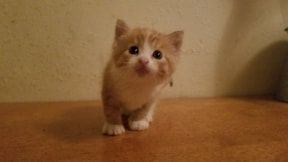
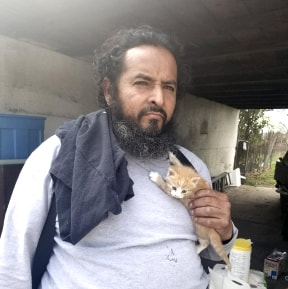
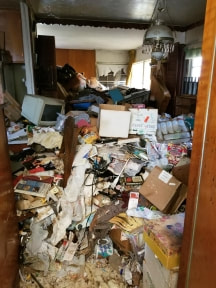
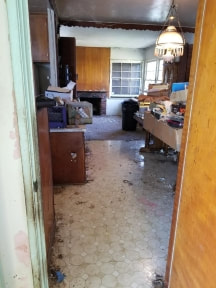




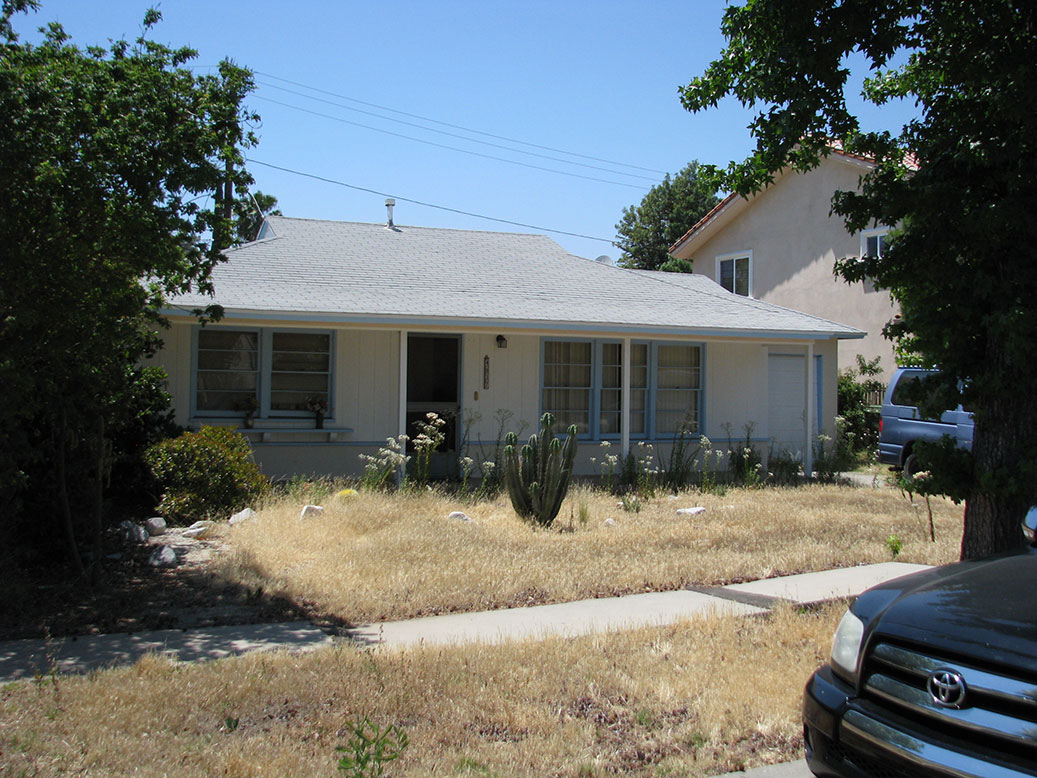

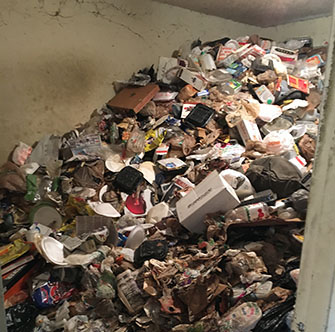
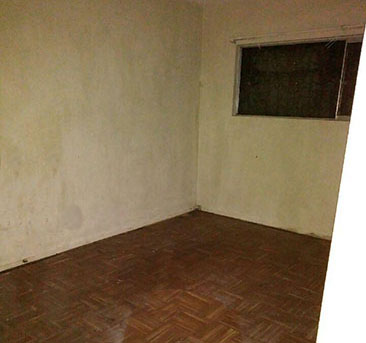

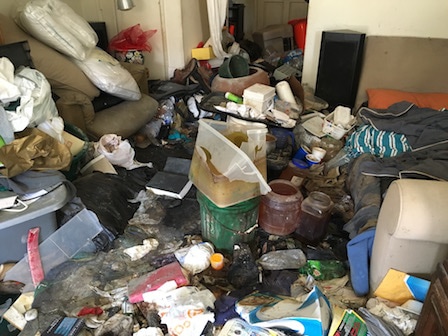
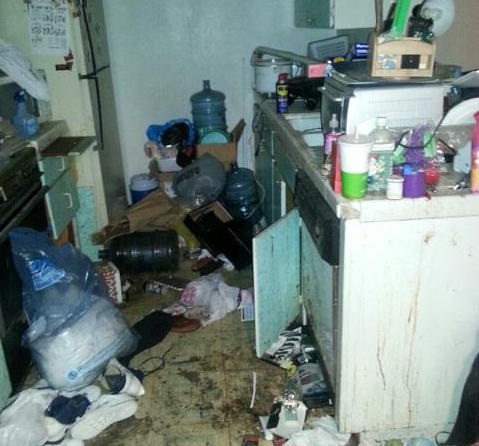
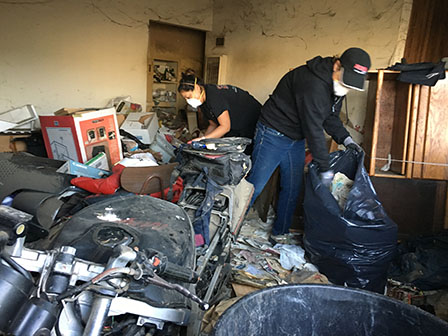
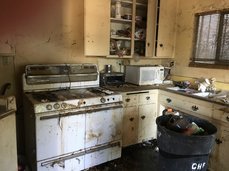
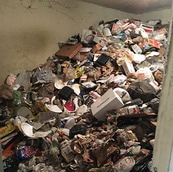
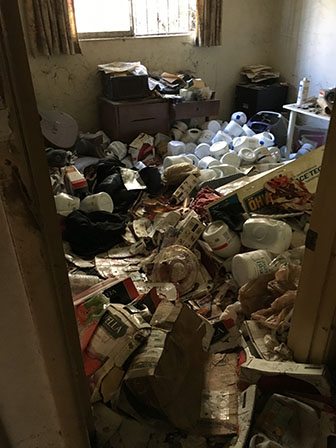
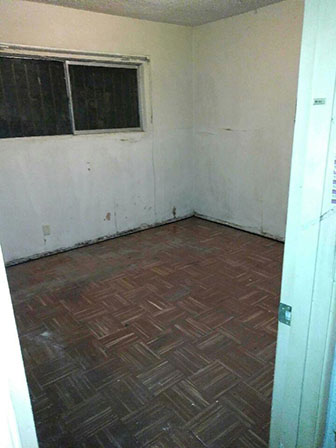
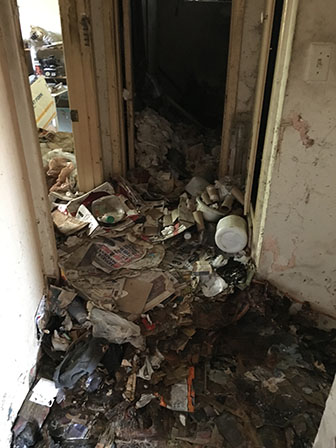
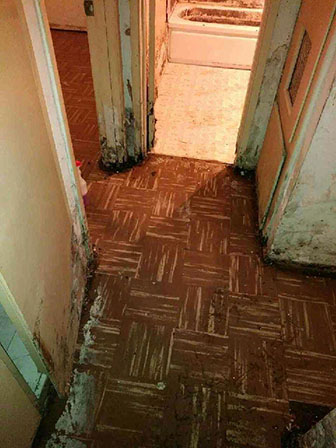
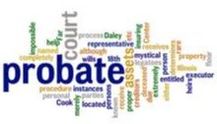
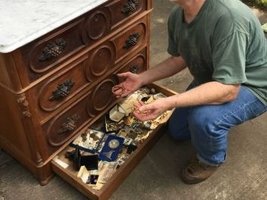
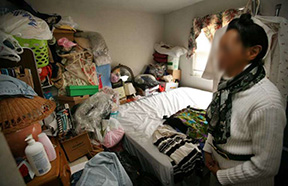
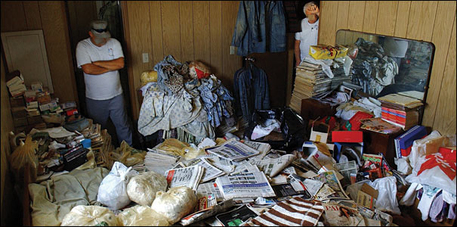
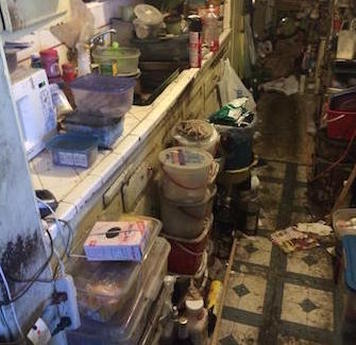
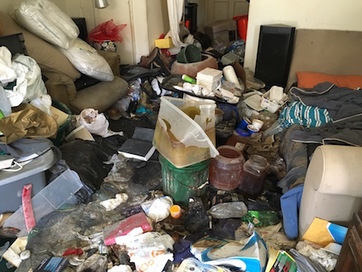
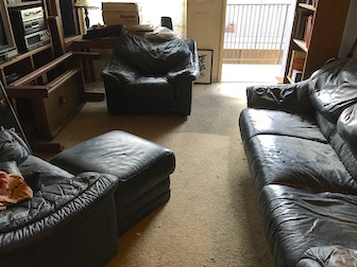
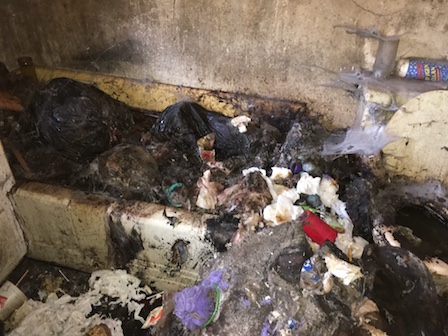
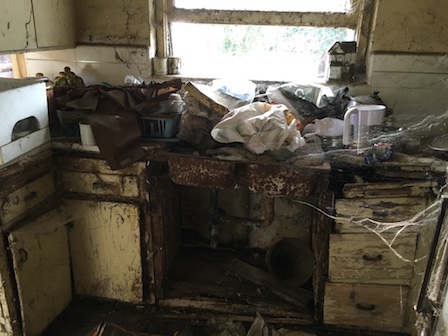
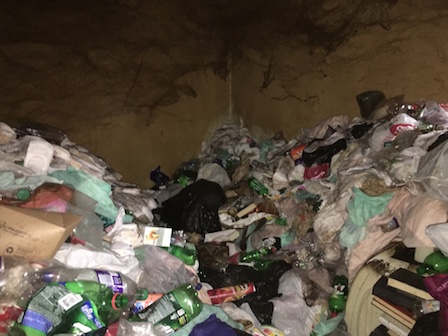
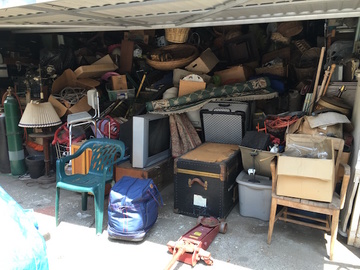
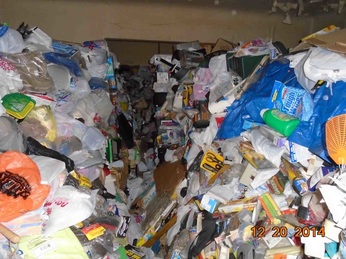
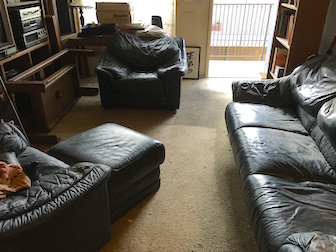
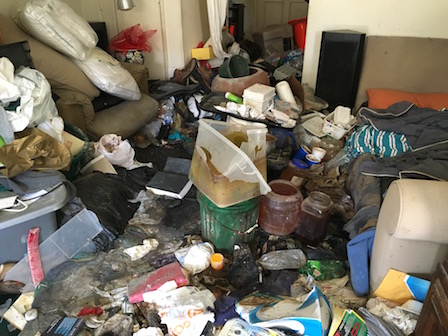
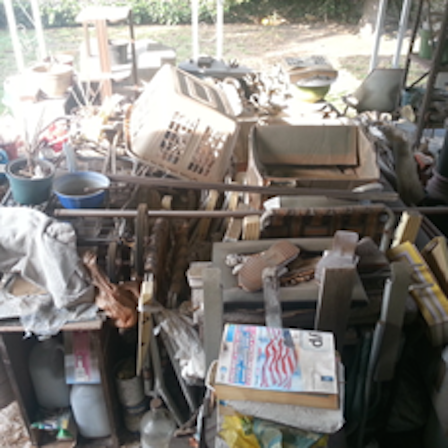

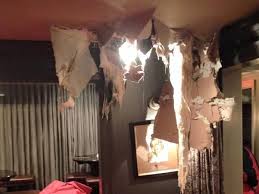
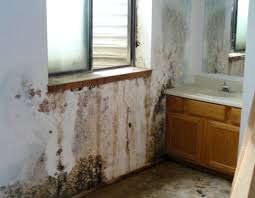
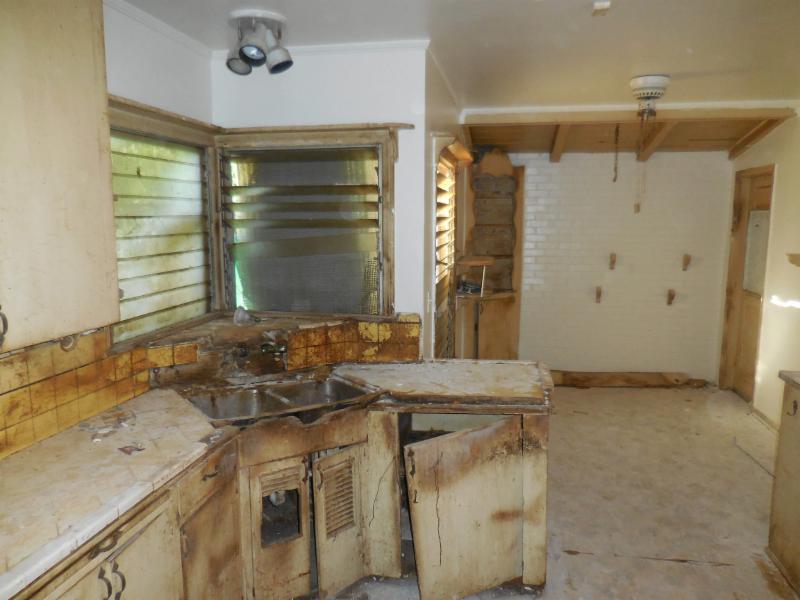

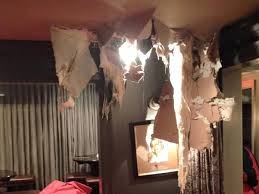
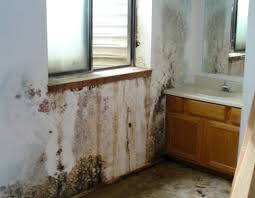
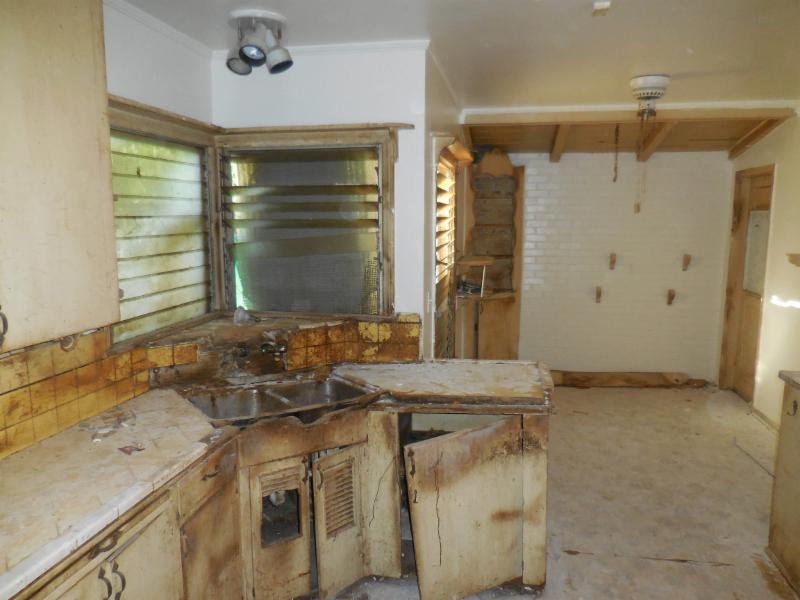

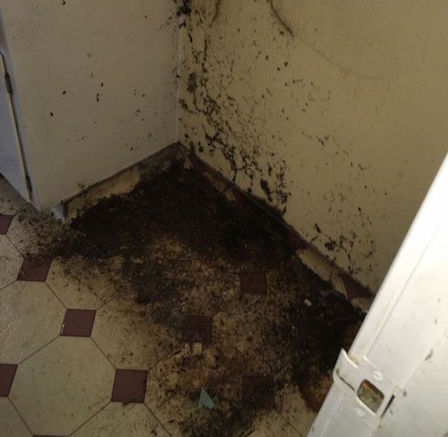
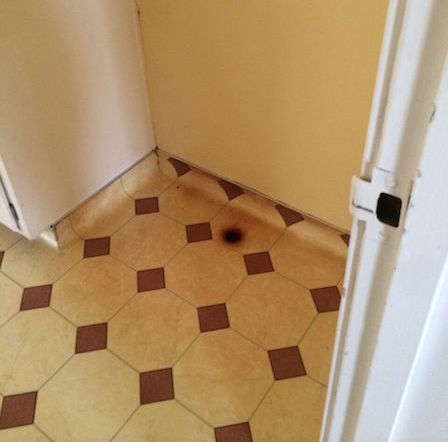
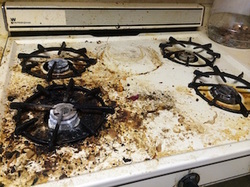
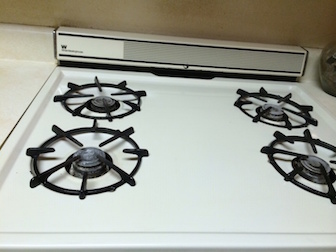
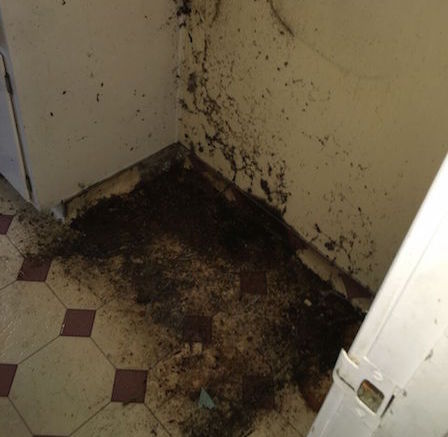
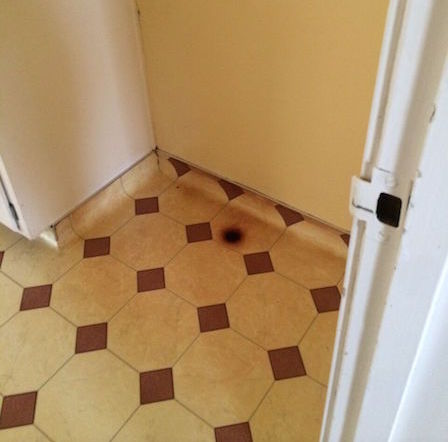
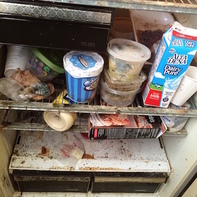
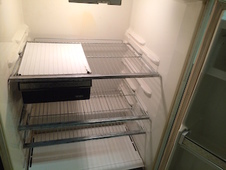
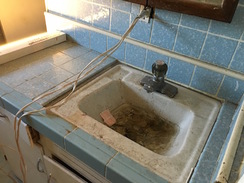
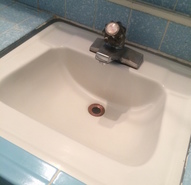
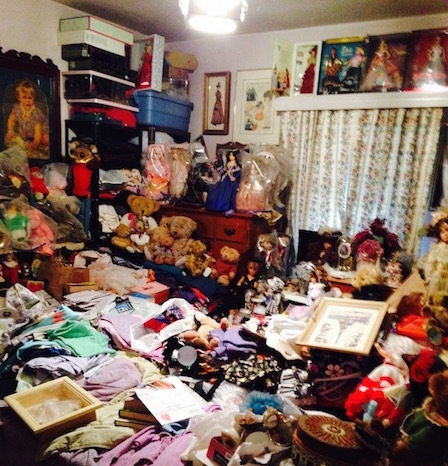
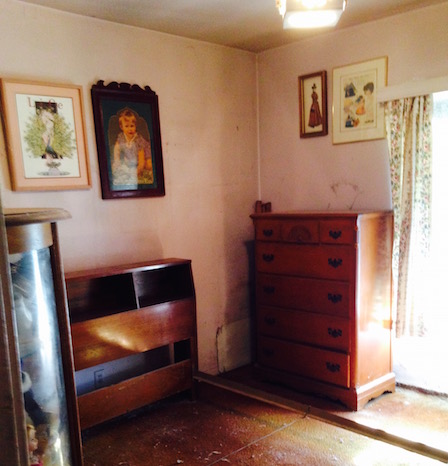
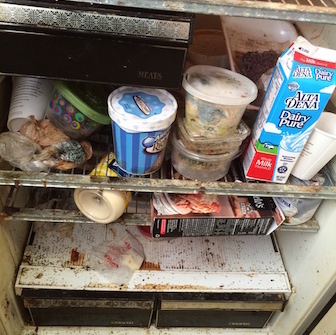
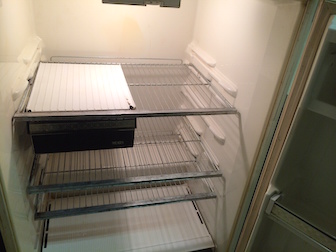
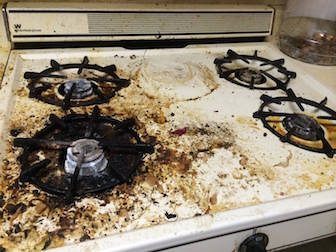
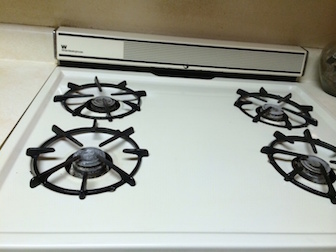
 RSS Feed
RSS Feed
